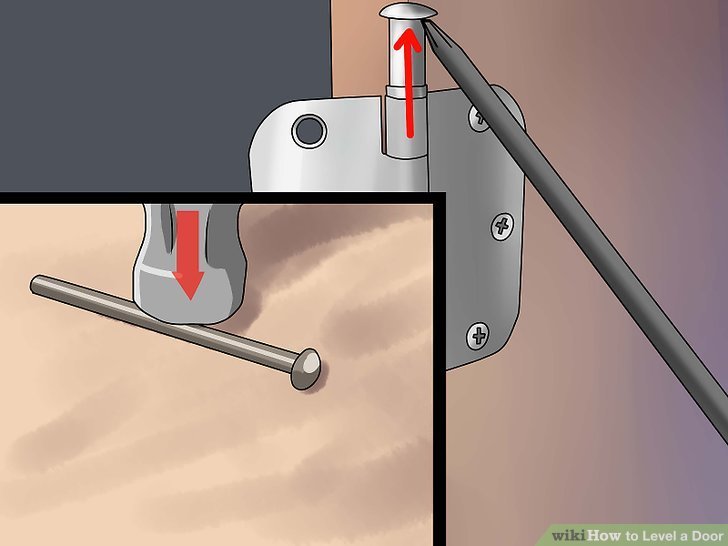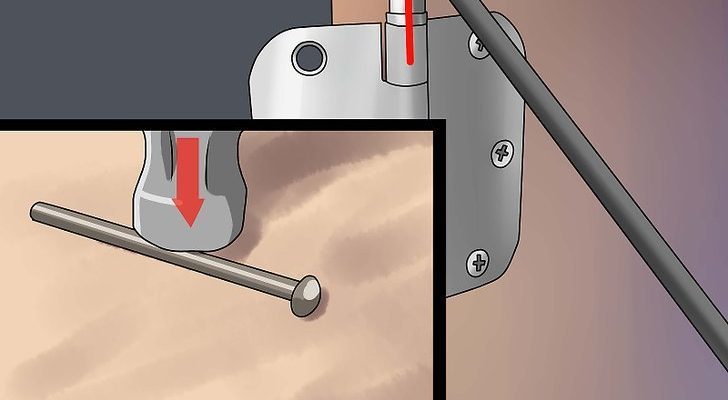
A level is a simple tool, but its importance can’t be overstated. Whether you’re working on a brand-new door or adjusting existing hardware, keeping everything level ensures that your door operates smoothly and looks professional. Using a level isn’t just for carpenters; it’s for anyone who wants to tackle some DIY projects with confidence. So, let’s dive into how to use a level effectively to get that door hardware aligned just right.
Understanding the Basics of a Level
At its core, a level is a straightforward tool designed to help you find balance. It usually consists of a long, straight body with a liquid-filled vial that contains a bubble. When the bubble is centered between two lines, you know you’re working with a level surface. Levels can come in various forms, like spirit levels, laser levels, or digital levels. Each type has its advantages, but the spirit level is the most common for everyday tasks.
Here’s where a little analogy can help: think of a level as a see-saw. If one side is higher than the other, you’ll have an imbalance. Similarly, if your door hardware isn’t level, it won’t operate well, like a kid trying to use a see-saw that’s stuck on one end.
Capturing the right balance is crucial, so having a reliable level at your side makes a big difference. Once you have it, you’re ready to ensure that your hardware aligns perfectly.
Gathering Your Materials
Before you start, it’s essential to gather everything you’ll need. Here’s a quick list of the materials you should have on hand:
- A level (preferably a 2-foot spirit level)
- A tape measure
- A pencil or marker
- Your door hardware (handle, latch, and any mounting plates)
- A screwdriver or drill for installation
Having these items ready will save you time and reduce frustration later. When you begin the installation, you’ll appreciate being organized. It’s like working with a well-equipped toolbox—everything you need is right at your fingertips.
Step-by-Step: Aligning Your Door Hardware with a Level
Now that you have your materials, let’s get into the nitty-gritty of using the level for aligning your door hardware. Follow these steps for the best results:
1. Position the Door: Make sure your door is hung correctly in the frame. Close it gently and take a moment to ensure it’s not sticking or swinging open on its own.
2. Check Vertical Alignment: Place your level against the door’s edge, making sure it’s vertical. Look at the bubble in the vial; if it’s centered, your door is straight up and down.
3. Mark Your Points: If the door is level, use your pencil to mark where the handle and latch will go on the door and door frame. This will guide you when you install the hardware.
4. Install the Hardware: Attach your handle and latch based on the marks you’ve made. If you’re unsure, check for any manufacturer guidelines. Sometimes, they provide measurements that can help.
5. Test Alignment: After installing, place the level back on the door where the handle is. Verify that everything is still aligned correctly. If it’s not, make any necessary adjustments before securing it entirely.
You might be wondering, “What if my door still sticks or doesn’t close properly?” Don’t worry; sometimes, slight adjustments are needed even after following these steps. Just be patient and keep testing with your level.
Common Mistakes to Avoid
Sometimes, even seasoned DIYers make mistakes that lead to misaligned door hardware. Here are a few common pitfalls to watch out for:
– Ignoring the Frame: Always check that the door frame is straight. If the frame itself is off, no matter how perfectly you align the door, it won’t fit well. Use your level on the frame as well as the door.
– Rushing the Process: It can be tempting to skip checking multiple times, especially if you’re excited about a new door. Take your time with the level to avoid fixing misalignments later.
– Using a Wobbly Level: Ensure your level is in good shape. If it’s gotten dropped or damaged, it may not give you accurate readings. Test it on a flat surface first.
By steering clear of these mistakes, you’ll save yourself time and effort in the long run.
Benefits of Using a Level for Door Hardware Alignment
So, why should you use a level for aligning door hardware? Here are a few reasons that highlight its importance:
1. Professional Finish: A level helps ensure that everything looks neat and aligned. Doors that are properly installed not only function better but also improve the overall appearance of your space.
2. Avoiding Future Problems: Misalignment can lead to wear and tear on your door hardware, causing it to fail sooner than expected. A level helps you catch these issues early on.
3. Increased Safety: A well-aligned door is not only easier to open and close but can also prevent accidents. Imagine a heavy door that swings unpredictably—yikes! Keeping everything level reduces the risk of such issues.
Overall, using a level gives you greater peace of mind that your door will perform well for years to come.
When to Call a Professional
While many small projects can be tackled with a level and some patience, you might wonder when it’s best to call in a professional. If you’ve tried aligning everything and the door still doesn’t work, or if you’re dealing with custom doors or complex hardware, it might be time to get an expert on board.
Professionals can assess hidden issues, like structural problems with the door frame or wall. Sometimes, it’s just worth the investment to ensure everything is done right from the start.
Using a level for ensuring proper door hardware alignment is a simple yet essential step in any door installation project. By taking the time to measure, mark, and adjust, you’re not only ensuring that your door operates smoothly but also enhancing the overall look of your space. Remember to gather your materials, follow the steps carefully, and check your work multiple times.
Honestly, there’s something satisfying about seeing everything align perfectly, isn’t there? Whether it’s the joy of a well-functioning door or the pride in a job well done, you’ll appreciate the effort you put in. So next time you’re hanging a door, keep that level handy and give yourself the gift of precision. Happy DIYing!
